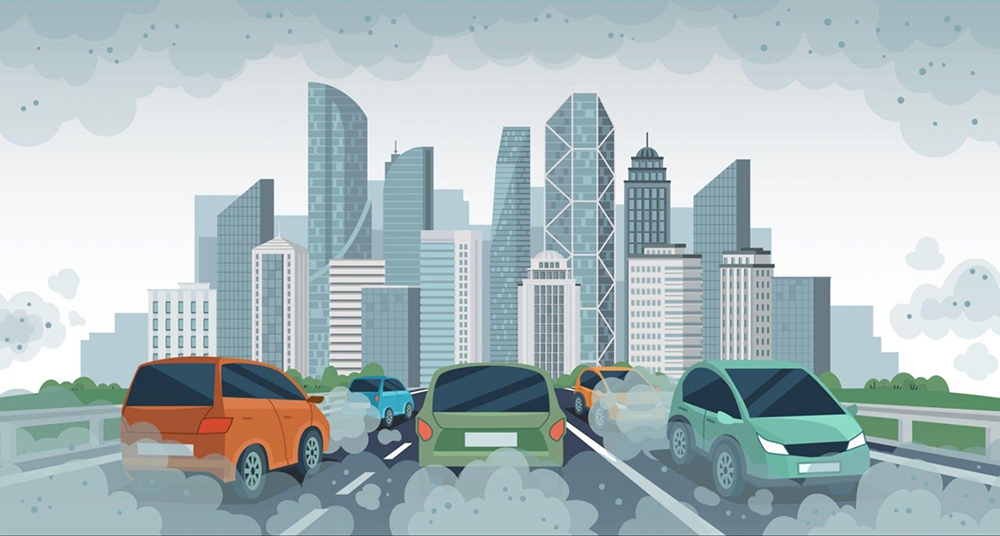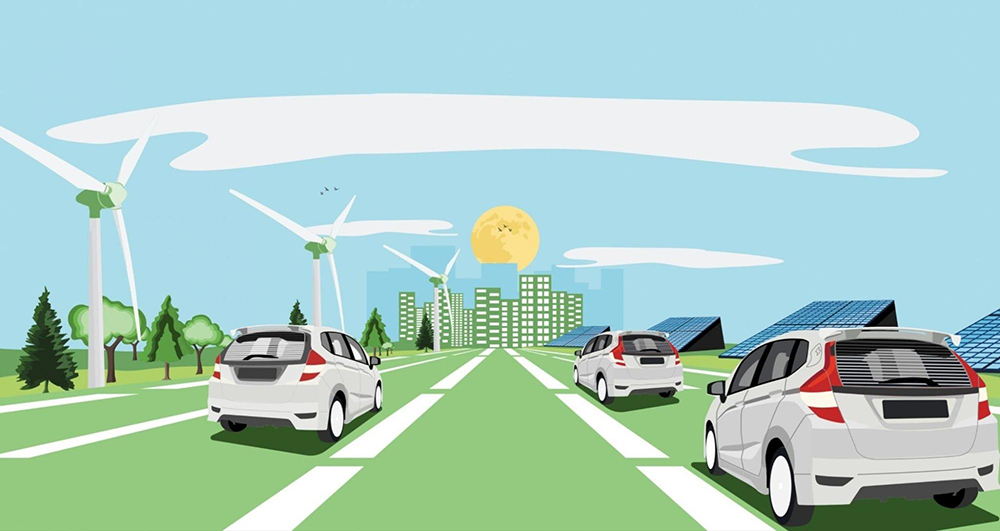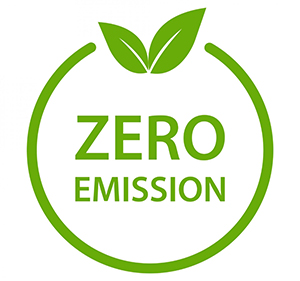
Introduction
The world is facing an urgent need to combat climate change, and the transportation sector has a significant role in this effort. One key way to reduce transportation emissions is through the implementation of car pollution standards and the adoption of electric vehicles. In this article, we will explore the history, effectiveness, and future prospects of car pollution standards and electric vehicles in driving toward a greener future.
Car Pollution Standards
Understanding Car Pollution Standards
Car pollution standards refer to regulations that limit the number of pollutants that can be emitted from a vehicle’s tailpipe. These standards are typically set by government agencies and are enforced through vehicle emissions testing. The primary pollutants targeted by car pollution standards include carbon monoxide, nitrogen oxide, and particulate matter.
The Evolution Of Car Pollution Standards
Car pollution standards have evolved significantly over the past several decades. In the United States, the Clean Air Act of 1970 established the first federal emissions standards for cars, with subsequent amendments strengthening these standards over time. Today, car pollution standards vary by region, with the European Union and California leading the way in implementing strict emissions regulations.
Car pollution standards have had a significant impact on reducing air pollution and improving public health. For example, a study by the Environmental Protection Agency found that the introduction of the Clean Air Act in the United States prevented over 200,000 premature deaths in the year 2020 alone.
The Future Of Car Pollution Standards
The future of car pollution standards looks promising, with many countries committing to even stricter emissions regulations in the coming years. The Paris Agreement, for example, calls for limiting global warming to well below 2 degrees Celsius, which will require significant reductions in transportation emissions. As such, many countries are working on developing even stricter car pollution standards to help achieve this goal.
Global Government Efforts: URLs For Car Pollution Standards
Check out this list of URLs from various government agencies around the world to learn more about the regulations and standards for car pollution. From the United States, European Union to India, Canada, Japan, and Australia, the governments are taking steps to address the impact of vehicle emissions on the environment and public health. These resources provide valuable information on policies, initiatives, and regulations that are helping to reduce the harmful effects of car pollution.
- United States Environmental Protection Agency (EPA)
- European Union
- Ministry of Environment, Forest and Climate Change, India
- Environment and Climate Change Canada
- Ministry of the Environment and Energy, Japan
- Australian Government Department of Infrastructure, Transport, Regional Development and Communications:
Electric Vehicles
Understanding Electric Vehicles
Electric vehicles (EVs) are cars that are powered by electricity rather than gasoline or diesel fuel. EVs typically use batteries to store energy, which can be charged using a variety of sources, including traditional electrical outlets, specialized EV charging stations, and solar panels. EVs produce zero tailpipe emissions, making them a promising solution for reducing transportation emissions.
The Evolution Of Electric Vehicles
Electric vehicles have been around for over a century, but it wasn’t until the 1990s that they started to gain popularity. Today, EVs are becoming increasingly mainstream, with many major automakers offering electric models.
EVs have the potential to significantly reduce transportation emissions and improve air quality. A study by the International Council on Clean Transportation found that switching to electric vehicles could reduce greenhouse gas emissions from transportation by up to 90% by the year 2050.
The Future Of Electric Vehicles
The future of electric vehicles looks bright, with many countries and companies committing to increasing EV adoption. For example, California has set a goal of having 100% zero-emission vehicles on the road by 2035, and many major automakers have announced plans to phase out gasoline-powered vehicles in the coming years. However, significant challenges remain, including the high cost of EVs and the need for more charging infrastructure.

Challenges and Barriers to a Greener Future
The Challenges Facing Car Pollution Standards
One major challenge facing car pollution standards is the resistance of the automobile industry to stricter regulations. Automakers may argue that stricter standards are too expensive or technologically unfeasible and may lobby against them. Additionally, some countries may lack the political will to implement strict car pollution standards or may prioritize economic growth over environmental concerns.
The Challenges Facing Electric Vehicles
One major challenge facing electric vehicles is their high cost. EVs are currently more expensive than their gasoline-powered counterparts, although prices are expected to decrease as technology improves and production scales up. Another challenge is the need for more charging infrastructure. While many countries and cities are investing in EV charging stations, more infrastructure is needed to support widespread EV adoption.
Overcoming The Challenges
To overcome the challenges facing a greener future, a combination of policies, incentives, and public education is needed. Governments can provide incentives for EV adoption, such as tax credits or rebates, and invest in charging infrastructure. Public education campaigns can help raise awareness about the benefits of EVs and the need for stricter pollution standards. Additionally, partnerships between governments, automakers, and environmental organizations can help drive innovation and progress toward a greener future.
Conclusion
Driving towards a greener future requires a concerted effort from all sectors, including the transportation industry. Car pollution standards and electric vehicles are two key solutions that can help reduce transportation emissions and combat climate change. While there are challenges to implementing these solutions, the benefits of a greener future are too great to ignore. By working together, we can create a cleaner, healthier, and more sustainable world for generations to come.
At Climate Carbon, we are committed to driving progress toward a greener future by providing innovative solutions to reduce carbon emissions. As a proud Canadian company serving Canada, the USA, and internationally in the environmental sectors, we believe that by working together, we can create a cleaner, more sustainable world for generations to come.

